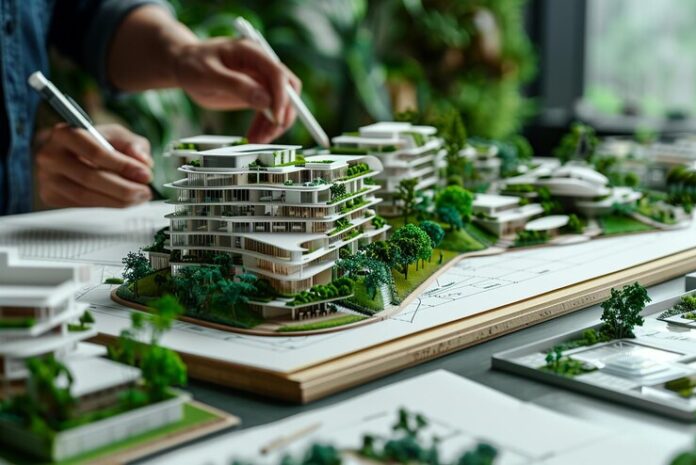In an age where sustainability is more crucial than ever, the concept of adaptive reuse is gaining traction in urban development. This approach not only revitalizes old buildings but also emphasizes eco-friendly practices, breathing new life into our cities while reducing environmental impact.
Adaptive reuse involves taking existing structures—often historic or underutilized—and transforming them for modern purposes. Think of repurposed warehouses turned into trendy lofts or old factories converted into bustling community hubs. By preserving these buildings, we maintain the character of our neighborhoods while addressing the pressing need for sustainable development.
One of the most exciting aspects of greening adaptive reuse projects is the incorporation of energy-efficient technologies. Developers are retrofitting older buildings with solar panels, energy-efficient HVAC systems, and smart lighting. These upgrades help lower energy consumption and reduce utility costs, making these spaces more affordable for tenants and businesses.
But it doesn’t stop there. The materials used in these projects play a vital role in their sustainability. Reclaimed wood, recycled metal, and low-VOC paints not only minimize waste but also add unique charm and history to the interiors. By sourcing materials locally, developers can further reduce their carbon footprint, contributing to a greener planet.
Water conservation is another key component. Many adaptive reuse projects implement rainwater harvesting systems and use drought-resistant landscaping. This not only cuts down on water usage but also enhances the natural beauty of urban spaces, creating pockets of greenery amidst the concrete jungle.
The benefits of greening adaptive reuse extend beyond environmental considerations. Properties that embrace these practices often attract environmentally conscious tenants and businesses, boosting their market value. Additionally, these projects create jobs in construction, landscaping, and ongoing maintenance, providing a much-needed economic boost to local communities.
Moreover, the transformation of old buildings into vibrant community spaces fosters social interaction and a sense of belonging. Parks, community centers, and co-working spaces encourage residents to come together, strengthening community ties and enhancing overall quality of life.
As cities look to the future, greening adaptive reuse projects offers a compelling solution. By marrying the old with the new, we can create spaces that honor our history while promoting sustainability. With continued innovation and collaboration, the potential for adaptive reuse to reshape urban landscapes is vast, paving the way for a more sustainable and resilient future. Embracing this approach not only benefits the environment but also enriches our communities, creating places where people can thrive.




